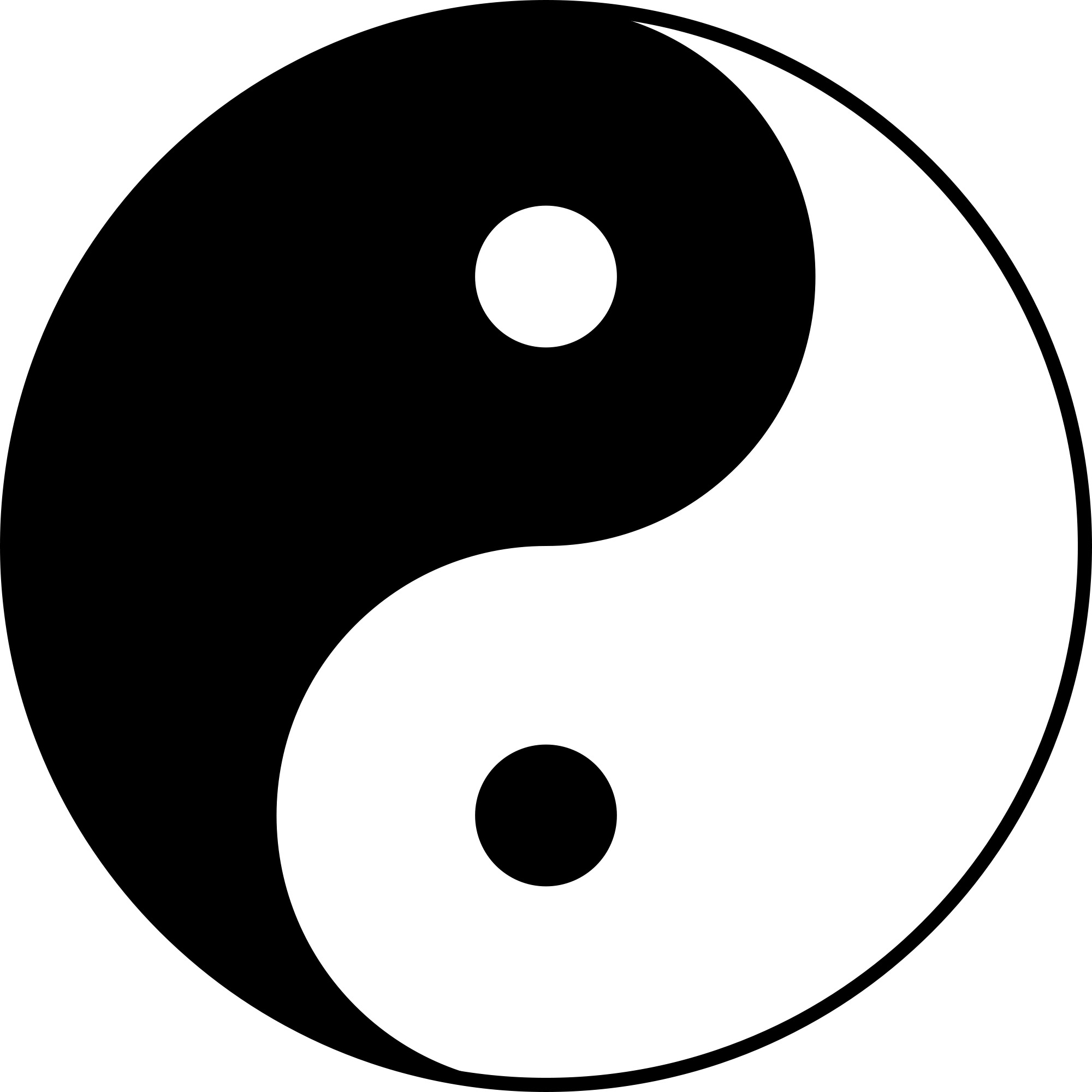What is acupuncture
Traditional Chinese Medicine
Acupuncture is part of Traditional Chinese Medicine (TCM). It is based on the idea that we have life energy, Qi / Chi (pronounced: chee), in our meridians/ ernergy channels. The acupuncturist stimultates the acupuncture points on the meridians. This will help the energy flow and reduce complaints.
No side effects
The advantage of acupuncture is that there are no unpleasant side effects and that you can treat several complaints at the same time. Acupuncture and regular therapy can be done simultaneously.
More therapies
In Chinese Medicine also moxa is used. This is a dried herb, for warming the acupuncture points. There is also herbal therapy, Tui Na (=massage), cupping, ear acupuncture, Tai Chi (=Chinese martial art) and Qi Gong (=mindful movements). I myself use acupuncture and moxa the most.
Japanese acupuncture
Japanese acupuncture originates from Traditional Chinese Medicine. The difference with Chinese acupuncture is that you use thinner needles and you insert more superficially. There is also a technique where the needles do not insert the skin. As a result, Japanese acupuncture is almost always painless, more relaxing and therefor very effective. For children, for people who are afraid of needles or very sensitive persons, this form of acupuncture offers a solution.
Yin and Yang
This symbol stems from Taoism. An important ideal of this is: living in harmony with nature. Yin and Yang depend on each other and merge into each other, like day and night, male and female. And in the body, e.g. front and back, cold and warm. Yin and Yang are always in motion. When Yin and Yang are in balance, it is not a static state, but it means that one is able to adapt to changes under all circumstances. Despite the fact that disruption of Yin and Yang can lead to illness, disruption also provides new insights/possibilities.

